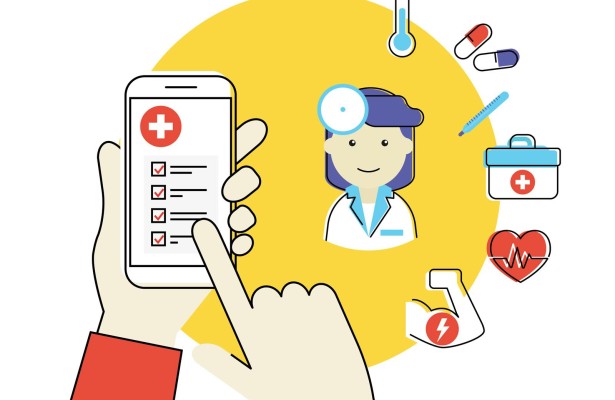Nearly every day we meet entrepreneurs who have developed or enhanced technology that is designed to improve the efficiency and effectiveness of healthcare. Whether it is technology to better diagnose problems, manage treatments, monitor progress, coordinate patient care, communicate among and between patients, providers and payers, or designed to solve any of a dozen other real world problems, a common complaint is the slow rate of adoption. There are many reasons cited for this seeming reluctance, including:
- Expense of new technology
- Lack of comfort with new workflows
- Bureaucracy of the massive Medicare / Medicaid program ($1.1 trillion in 2014 spend)
- Hesitation of some physicians, patients and large payers to share information
But also high on the list of impediments to healthcare technology adoption, as cited by analysts, is the added burden of compliance with HIPAA (Health Insurance Portability and Accountability Act of 1996).
Enacted before the ubiquity of the internet and smartphones, HIPAA aimed to help patients more easily transfer medical information between insurance companies and healthcare providers, all while strictly protecting the privacy of health information. According to Dr. Michelle Longmire, building the proper HIPAA infrastructure can cost hundreds of thousands of dollars and take many months to years; applying HIPAA to smartphones is more challenging. Has the time come to look at HIPAA in the context of the digital revolution?
Twenty years after HIPAA was passed, it is time to rethink the restrictions that HIPAA has inadvertently put on our ability to use technology to improve healthcare outcomes. It’s time to look for creative ways to leverage the massive amounts of data being collected by devices and applications as diverse as Google, smartphones and wearable devices such as Fitbit and Jawbone, while at the same time preserving a patient’s right to privacy. It shouldn’t be that difficult.
Consumers worldwide are allowing the collection of massive amounts of personal data in an effort to improve their user experience, receive recommendations, get discounts, learn about issues they care most about and much more. Google already collects personal information (name, email address, address, telephone numbers and credit cards, etc.) and tracks services (ex. YouTube) and server logs / IP addresses. Smartphones and wearable devices know where you are and what you are doing. These devices can, and often do (with user permission), store and transmit significant personal information. Apple’s HealthKit for example, allows health and fitness apps to share data, stored in a centralized and secure location, with Apple and others. This framework opens up many possibilities. In 2015, Apple showed how a third party app from AirStrip allows Apple watch users to send heart-rate data for both a pregnant woman and a developing fetus to their doctors. Apple also offers a secure messaging app to allow physicians to communicate with their patients. Given the millions of smartphones owned by Americans (over 65% of U.S. adults estimated to own at least one) and the new dependence we have on these devices to operate our daily lives, smartphones could serve as a perfect conduit for near real-time health information.
HIPAA already allows the sharing of de-identified patient data across enterprises. Matching these de-identified data sets with powerful personalized data using new technologies, can produce profound insights into how best to treat chronic and costly conditions such as diabetes and cardiovascular disease. The possibilities to improve outcomes, lower costs and drive efficiencies in our healthcare system are endless, and mind-boggling.
What if patients could receive physician referrals, based on specific symptoms? Or receive crowd-sourced recommendations based on a custom health profile, to physicians, literature, treatments or discounts on devices and prescriptions? Technology holds the key to unlock this potential. We believe the time has come to relax online and mobile HIPAA technology restrictions in order to accelerate the transition of our healthcare system to one that emphasizes the most effective, cost-efficient, treatments and outcomes.
Please join me (sshankman@marlinllc.com) at HIMSS16. I am available to meet to further discuss our views on the healthcare IT landscape.


